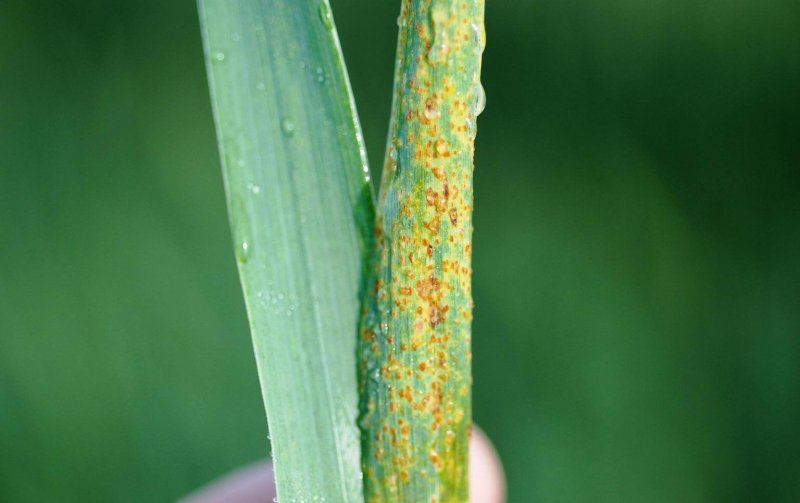This represents a major advance over conventional wheat breeding protocols where individual resistance genes are added one by one. The researchers developed novel genetic technologies that combine and insert the five different wheat resistance genes together. The bundling prevents separation in subsequent breeding generations of the plant, according to results published in Nature Biotechnology.
Lead CSIRO researcher Dr Mick Ayliffe said this novel approach of building multiple layers of protection will make it much harder for rust pathogens to successfully attack wheat.
“Our approach is like putting five locks on a door – you’re making it very difficult to get in,” Dr Ayliffe said.
“Rigorous field testing showed that our gene stack approach provided complete protection against the rust pathogens we were targeting.”
Dr Ayliffe said this study had targeted stem rust, but the same technology can be used to breed against stripe and leaf rust diseases as well, and in different existing wheat varieties to add resistance. “One of the genes we selected actually protects against stem, leaf and stripe rust diseases, so it’s entirely possible to include genes that also work against other rust species,” he said.































